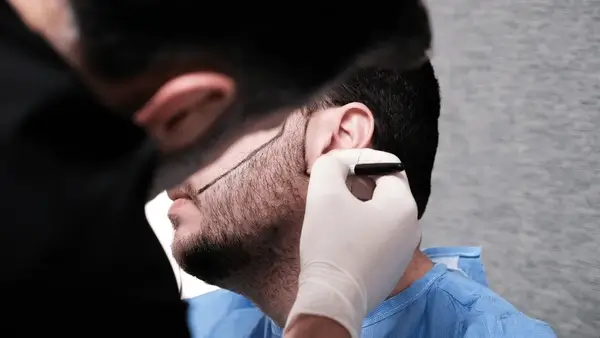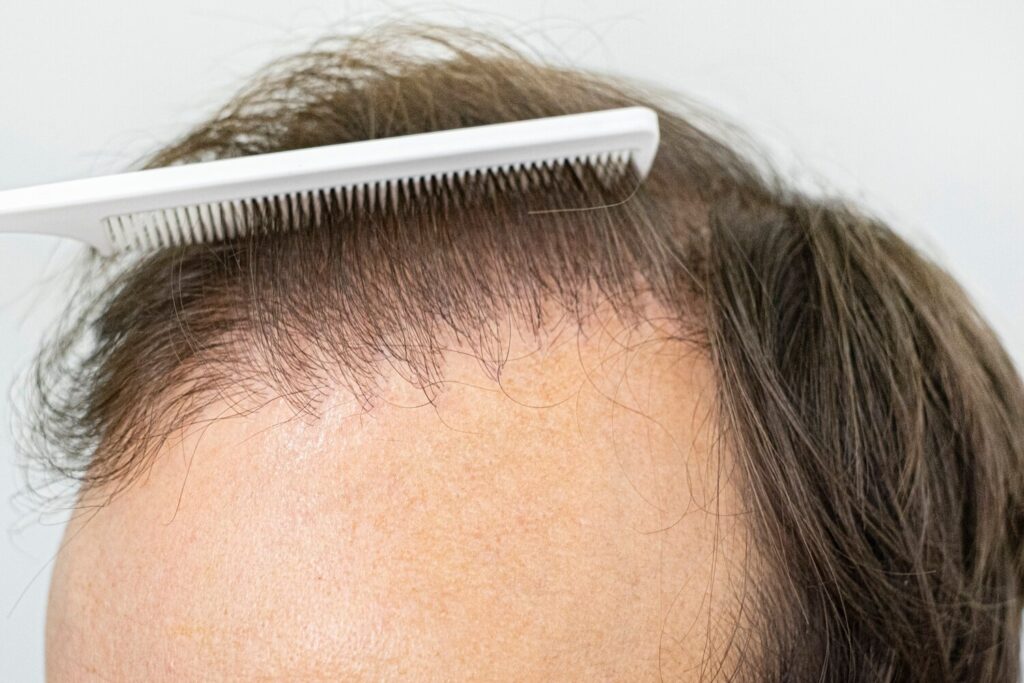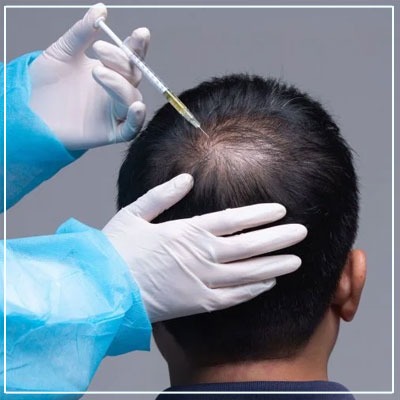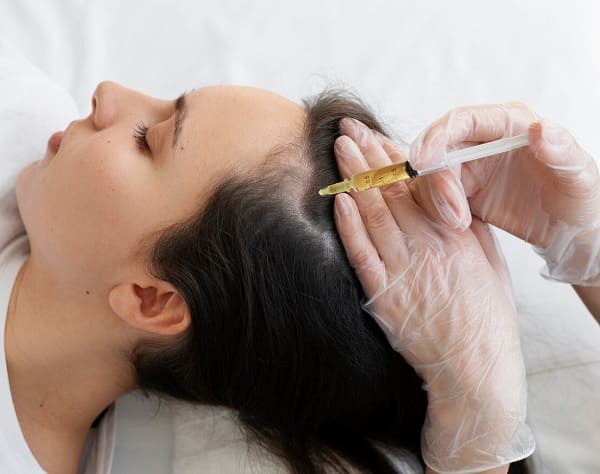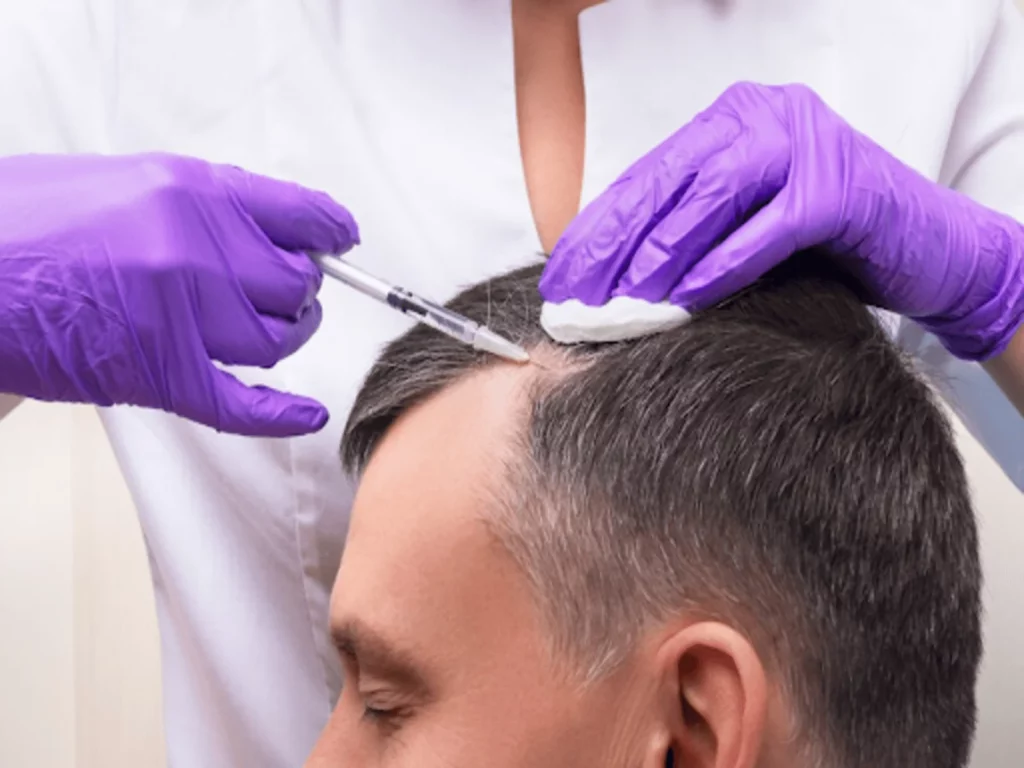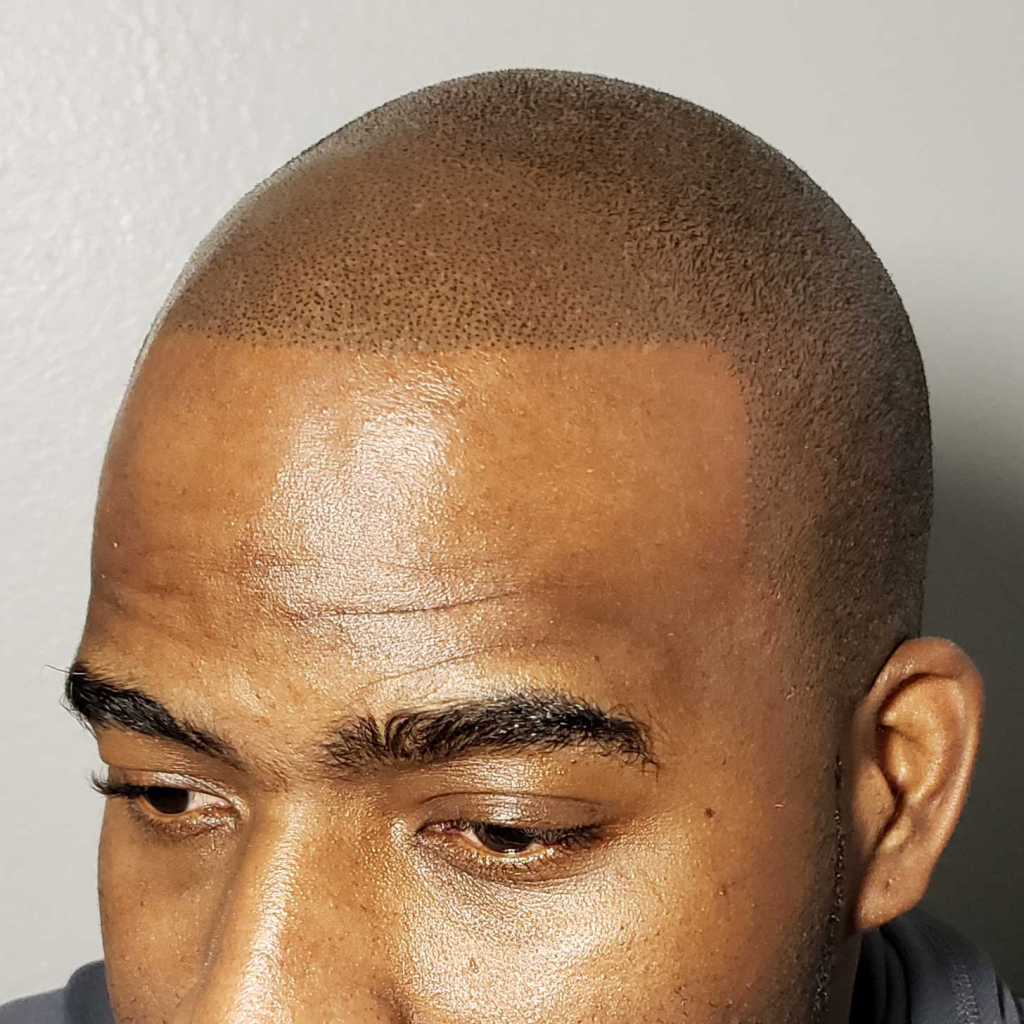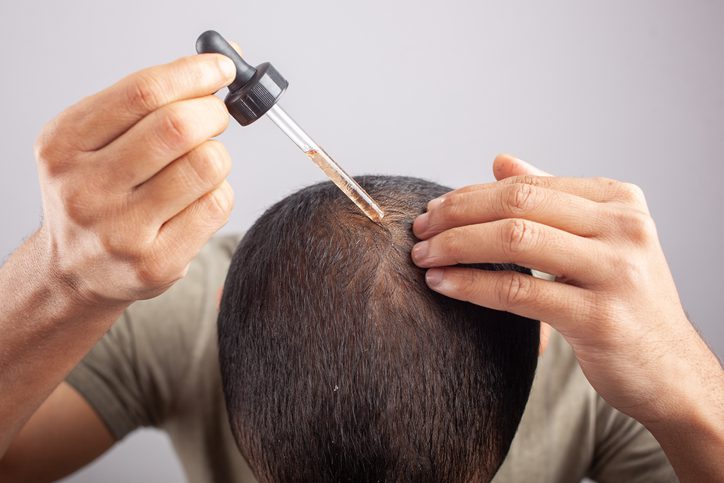Hair Implant in Delhi: Everything You Need to Know
Getting Hair Implant in Delhi is now a safe and reliable way to get back a hairline that looks clean. Quickly, Delhi has grown into one of the best places in India to get hair regrowth work done. There are top-notch clinics, licensed surgeons, and up-to-date ways that don’t cost too much. There is a treatment option for everyone, whether your hair is falling out, styling is going away, or you have no hair at all.
You can learn about the different types of hair implants in Delhi in this guide. We want you to base your decision on facts, not promises.
If you want bigger, thicker hair, this whole guide will take you from the first meeting to a change you can see.
Why Choose Delhi for a Hair Implant?
Many people have hair loss treatment in Gurgaon because it’s affordable and medically advanced. This city is home to some of India’s best hair restoration doctors. A lot of them have trained abroad and have the most up-to-date tools, such as robotic implantation systems, FUE, FUT, and Direct Hair Implantation. Clinics in Delhi are very clean, very accurate, and very good at taking care of their patients. Often, they are just as good as or better than world standards and cost a lot less.
Its accessibility is another plus. There are many famous offices in South Delhi, Dwarka, and Gurgaon. This makes it easy to get appointments and follow-ups. They can also get clear prices, individualized treatment plans, and a number of payment options that work with their schedules. Whether you live in Delhi or are visiting, you may obtain safe, long-lasting, natural-looking hair restoration treatments. Networked infrastructure and expanding medical expertise are its strengths.
Types of Hair Implant Procedures
The process of getting a Hair Implant in Delhi has changed a lot. Patients can now get results that look more real, last longer, and hurt less.
Follicular Unit Extraction (FUE)
Many Delhi residents prefer FUE for hair grafts. Back or sides of the head are typical donor areas. Hair strands are then taken from that area and put in places where hair loss is happening. It speeds wound healing and leaves barely visible scars. People who seek short haircuts and heal quickly will love it. To get natural results and even density, you need a skilled surgeon who is very good at what they do.
Follicular Unit Transplantation (FUT)
It is often known as the “strip method,” cuts donor scalp tissue into grafts under a microscope and implants them. FUT can add grafts for people who have lost a lot of hair. Because it leaves a scar along the face, it’s not ideal, but hair usually hides it. Graft death rates are very high with this method most of the time.
Direct Hair Implantation
Instead of FUE, Direct Hair Implantation is better. A special implanter pen is used to put hair follicles that have been removed straight where they need to go without cutting the skin first. This betters precision in direction, angle, and depth, which makes the hairlines look more natural. It also cuts down on the time it takes to work with grafts. It costs a bit more with DHI, but the effects look great, especially when it comes to restoring facial hair.
Robotic or Automated FUE
Robots are used in high-tech Gurgaon hair transplant centre to do FUE. This makes it more exact and cuts down on the mistakes that people make. Surgeons can remove patches more easily and quickly with these tools. Robotic FUE is still pretty new in India, but it gives people who are a good fit a lot of accuracy and comfort.
Each strategy has merits and cons. Your hair type, scalp health, and desired outcomes will determine the ideal one.
Who Is a Good Candidate & the First Consultation
A hair graft isn’t right away available to everyone who is losing their hair. The best candidates have stable hair loss, a lot of donated hair, and reasonable expectations for the outcome. Most of the time, the process works well for people between the ages of 25 and 60 who don’t have any major health issues, like diabetes that isn’t under control or severe scalp infections. It also helps a lot for people who have pattern baldness, hair loss, or issues with hair implants that have already been fixed.
On the first visit, the surgeon looks at the patient’s head carefully, talks to them about their life and goals, and goes over their medical background. Test tools can tell you how thick the hair is and how many grafts you need. Talk about prices and look at pictures of before and after. Ask essential questions about healing, dangers, and long-term maintenance now. A brief meeting helps create a customized hair loss treatment strategy.
The Procedure — Step-by-Step
Hair grafting requires medical and artistic competence. Knowing what to do at each level can prepare you for mental and body change. The general approach ensures natural results regardless of method.
Pre-Procedure Preparation
Before surgery, your doctor informs you how to do your best. You may be told to cease smoking, drink less, and take blood-thinning medicines a week before surgery. Once more, the donor spot is marked on the hair. This time, it is on the back of the head. On the day of the surgery, your hair is cut short, and both the donor area and the receiver area are numbed with local anesthesia so there is no pain.
Extraction of Hair Follicles
A micro-punch device is used in FUE to remove single hair follicles. Some scalp tissue is cut out and then broken up into follicular units under a microscope. This is how FUT works. Each spot has between one and four hairs most of the time. Care must be taken during extraction because it affects how dense the grafts become and how well they live. Once the grafts are collected, they are kept living in a solution with lots of nutrients until they are put in place.
Implantation Process
The surgeon makes a realistic hairline based on the patient’s age, face shape, and desired look after the hair is cut out. It is planned to make small cuts or channels in the area where the surgery will happen that are in the same direction and angle as the hair growth. Each follicular unit is carefully put into one of these holes with the help of tools or an implanter pen. This step needs to be carefully and skillfully done to make sure the end result looks natural and even across the head.
Duration and Comfort
The process takes 4–8 hours, depending on graft count. Relax throughout surgery.
Post-Procedure Care
After putting grafts, the surgeon inserts a tiny bandage. How to clean up, take medicine, and sleep will be explained. For a few days, many people have minor redness or swelling.
For the next few months, ensure the clinic handles grafts correctly and hair grows uniformly. This will help the hair look bigger naturally.
Recovery and Aftercare
Most people in Delhi who get a hair graft get better quickly as long as they do exactly what their doctor tells them to do. The initial 48–72 hours are crucial for transplant survival. You may feel puffy, red, or tight in your head. You should feel these things. They will pass in a few days.
The hair comes off naturally after 10–14 days. Don’t scratch, rub, swim, be in direct sunlight, or sweat if you want healthy hair for two weeks.
Some transferred hair may fall out after two or three weeks. We call this “shock loss.” Soon, new hair will start to grow back. That should be in three to four months. Most people can start to see the density between six and twelve months.
Regular checks ensure success and immediate problem resolution. Be patient and take good care of your hair graft to get results that look real and last a long time.
Risks, Complications and How to Minimize Them
There are some minor risks and difficulties after obtaining hair fall treatment in Gurgaon. Especially if you don’t take care of yourself if the operation is performed by a novice. Redness, swelling, numbness, or a minor infection may occur at the donor or recipient site. Folliculitis, which is inflammation of the hair follicles, uneven density, poor graft survival, or hairlines that don’t look natural are some of the problems that patients may face. A thin, straight scar may remain following FUT procedures if the scar doesn’t heal properly.
To lower these risks, choose a trained, board-certified hair replacement specialist. Make sure your office is very clean and only use tools that are free of germs. Do what your doctor tells you to do after surgery. Do what your doctor tells you and stay out of the sun. Also, wash your hair every day. Things are easy to find and fix when you get follow-up care after surgery.
How to Choose the Right Clinic & Surgeon — Checklist
Finding the right place and best hair transplant surgeon Gurgaon is very important for hair graft success. Delhi has several hospitals, however not all are safe or experienced. Start with the surgeon’s history. Board-certified dermatologists or plastic surgeons with hair growth training are ideal. Find centers with good care records and a long history.
See shots of patients’ before and afters to get an idea of how natural the results look and how long they last. Online user reviews and notes might also be helpful. Watch how much the surgeon discusses the process when you meet. Graft count, recovery duration, and risks. Verify their assertions.
Check office tools, housekeeping, and personnel abilities. The clinic should give you a written treatment plan with costs and times for follow-up visits. Stay away from cheap clinics and claims of “guaranteed overnight results” because they could mean there is a problem.
Last but not least, trust your gut. Pick a health care worker who will pay attention. An honest center focuses on natural results that last instead of quick fixes for how you look.
Conclusion
Hair Implant in Delhi is a good solution for balding persons since they employ current technology, have trained doctors, and are easy to receive. A skilled surgeon and renowned center can produce natural-looking, long-lasting results. Complications will also decrease. With proper care and patience, transferred hair can improve your appearance and outlook. To regrow hair, consult a doctor. They can recommend the best treatment for your needs and goals.


